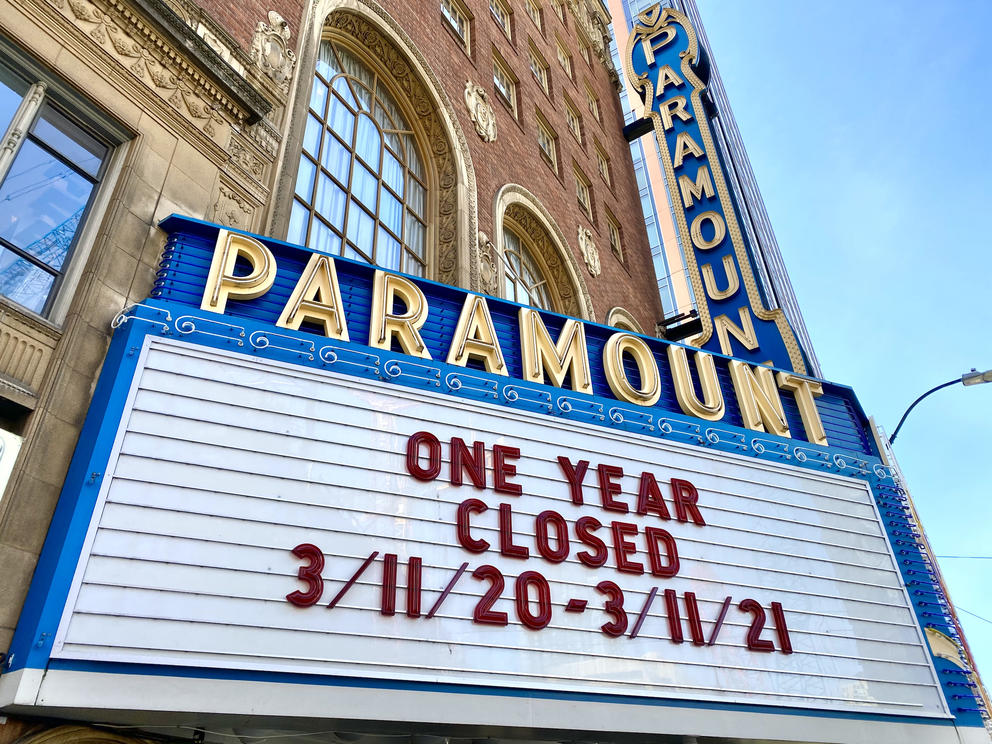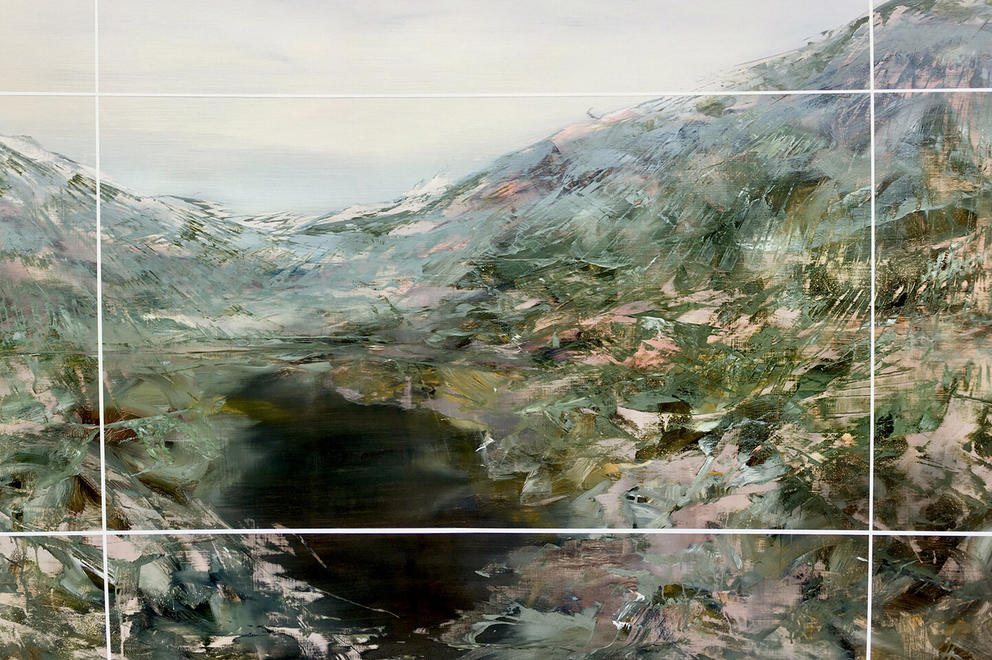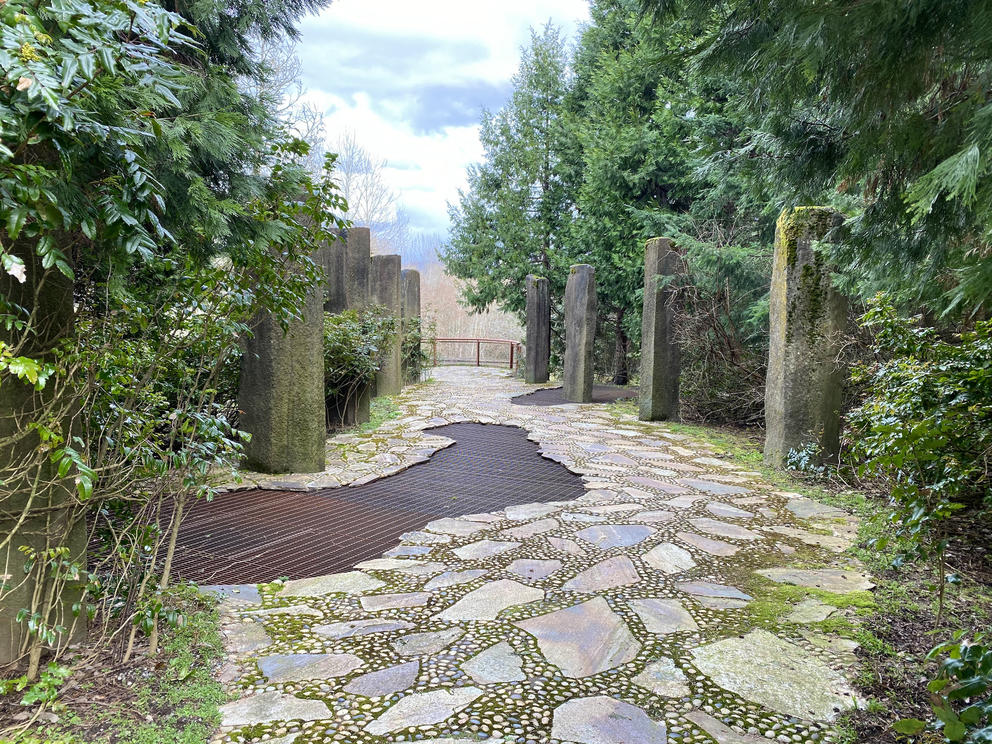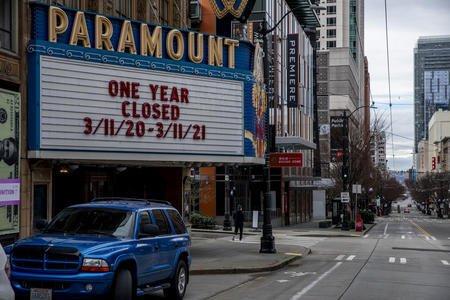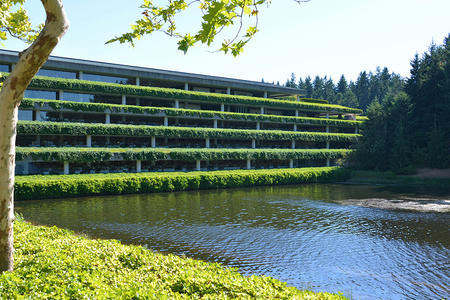Such a drastic flip-flop is almost laughable, except … here we are, one year later, still facing serious questions as to how the arts and culture sector will recover. Crosscut reporter Margo Vansynghel dug deep into the uncertainty with an expansive Arts & Culture Survey that asked cultural organizations across Puget Sound how they’ve fared over the past year, how they’ve changed, what they’re most worried about in 2021 — and whether any silver linings shimmered amid the storm.
ArtSEA: Notes on Northwest Culture is Crosscut’s weekly arts & culture newsletter.
With data and interviews culled from 125 respondents, the survey results we published this week serve as binoculars for our current cultural landscape. Are we still lost in the woods? Or stumbling out into a clearing? Have any familiar landmarks emerged — or have they shifted upside down? I highly recommend taking a look.
For another view of the Northwest artistic landscape, consider a grove of new gallery shows in which local artists share inventive takes on familiar settings.
At J. Rinehart Gallery, Mount Vernon-based painter Lesley Frenz is showing her mysteriously milky paintings of local mountains and lakes in Palace of Nowhere. Frenz says the works were inspired by a hike on Ptarmigan Ridge, during which she and her husband got lost in dense fog. “Not able to see much of anything, we were in that point of nothingness in the midst of being,” she writes. (Sounds like many pandemic moments.) Gridlines are overlaid on each landscape, as if the viewer is trying to pinpoint a location — to steady the ground beneath her feet.
Also hyper-real are the oil landscapes in Wide Angle, at Harris Harvey Gallery. Olympia-born Seattle artist Kathryn Altus shares recognizable views of Mount Tahoma, Ebey’s Landing, a dock on Lake Chelan and the Interstate 90 bridge slicing across Lake Washington with Mount Rainier in the distance. But conveyed in an unexpected palette, each scene pulses with the neon glow of a 1980s fever dream.
And at Greg Kucera Gallery, Bremerton-based multidisciplinary artist Joey Veltkamp shows a series of quilts or “soft paintings,” as he prefers to call them, in the new show Lumberton, Wash. Having lived in Seattle for 20 years before moving to Bremerton in 2016, he says his view of the city has quite literally changed — now he appreciates it as the ferry approaches the downtown waterfront.
Veltkamp’s “Car Alarms on Ferry” gives a comic nod to the common ferry announcements. I’ve always suspected this happens only to luxury cars, a theory supported by this quilt, on which he has stitched Black BMW, White Mercedes and Silver Audi on satin. Other works in this playful series reflect the cacophony of seagulls at the waterfront (“Lunch at Ivar’s”), the preponderance of American flags in a Navy town and a sweet homage to a pandemic summer spent largely confined to our own backyards (“Little Versailles”) — in Veltkamp’s case, adrift in a small, aboveground pool, aboard a rainbow unicorn float.
In sad news, one of Seattle’s notable environmental artists died suddenly last week. Lorna Jordan was beloved for both her gregarious personality and her beautiful public installations, gardens and earthworks, which seem to sprout from the landscape itself. For Jordan, art was the landscape, and vice versa.
She created several outdoor gathering spaces locally (and elsewhere), including the “Dragonfly Garden and Pavilion” and “Salmon Bone Bridge” (currently under repair) at Longfellow Creek in Delridge; the “Reach” sculptural pathway at Edmonds Community College; and, in Renton, the “Waterworks Gardens,” a functional series of pathways, “garden rooms” and ponds that filter stormwater on its way to Springbook Creek.
I had never experienced Jordan’s work in person, so last weekend I visited the Waterworks Gardens. It’s a uniquely beautiful place — a perfect spot for a short and artful walk, especially if it’s raining. Start at the top of the hill in the lovely colonnade of rock plinths and listen as the water trickles down through the terraced ponds. A curving path leads to her incredible stone grotto, which feels like something out of Atlantis, then out through poplars and ponds into the wetlands.
Jordan imbued her environmental designs with a sense of leading you through a natural walkway, and her gentle guidance is perceptible here, as if saying, “Come this way, feel your body in this place, look and see how lovely.”
But if you can’t get out there just yet, you can always move through local landscapes vicariously, with some of the many new dance films available online. As I’ve said before, this is a pandemic-induced trend I am really hoping sticks around, because there is something truly wonderful about seeing dancers up close, midmovement.
Pacific Northwest Ballet dancer Price Suddarth has choreographed, directed and filmed The Intermission Project, a series of nine short dance films that feature PNB dancers — including Noelani Pantastico, James Yoichi Moore (see video below), Suddarth and his wife, Emma Love Suddarth. The play barn at Gas Works, the grasses at Discovery Park, the spindly trees at Golden Gardens and the masts at Fisherman’s Terminal all take on new life as the dancers sweep and bend among them (on YouTube through March 21).
This year’s Chop Shop: Bodies of Work dance festival has morphed into a Dance Film Festival (online through March 31). Standouts among the slate of short films include one by Chop Shop director Eva Stone (who also runs PNB’s innovative program for young female choreographers). Called “Violet Crumble,” her piece makes physical the mental process of coming through a traumatic event, as dancer Simone Elliot moves through green grass and into a place of shelter.
And Seattle choreographer Mark Haim, known for his ever inventive takes on contemporary dance, heads into the woods for his film WALDO: 2020, also included in Chop Shop. In it, Haim flutters within forests along the I-90 corridor, sometimes appearing only briefly, like an animal glimpsed in the periphery. Is that him, down in the ferns? Or way off in the distance? Sometimes all that appears is a tuft of his hair, or his shadow shifting across mossy logs. In a couple segments I couldn’t spot him at all, but I knew he was there, activating the landscape with an artful presence.
Get the latest in local arts and culture
This weekly newsletter brings arts news and cultural events straight to your inbox.

